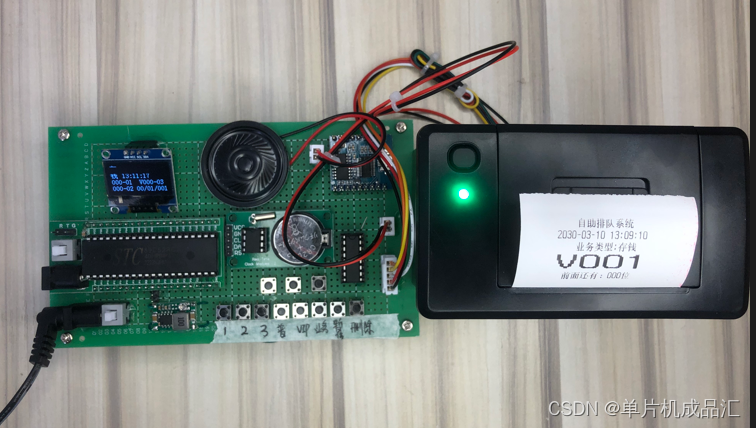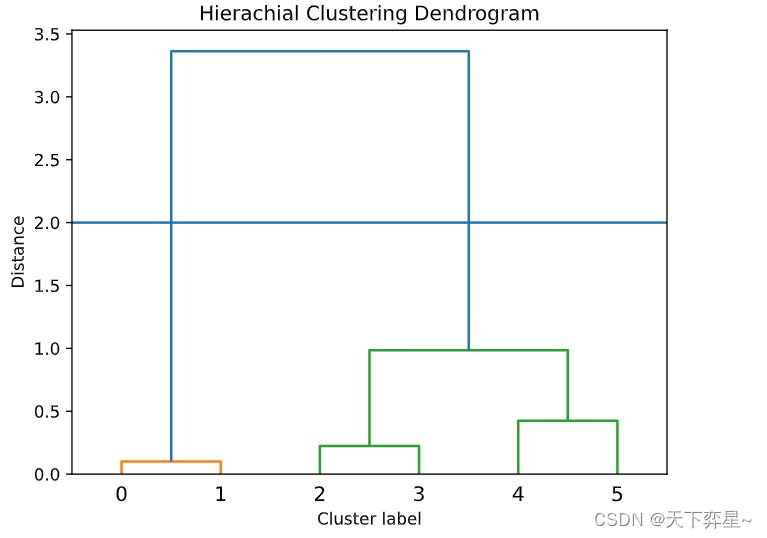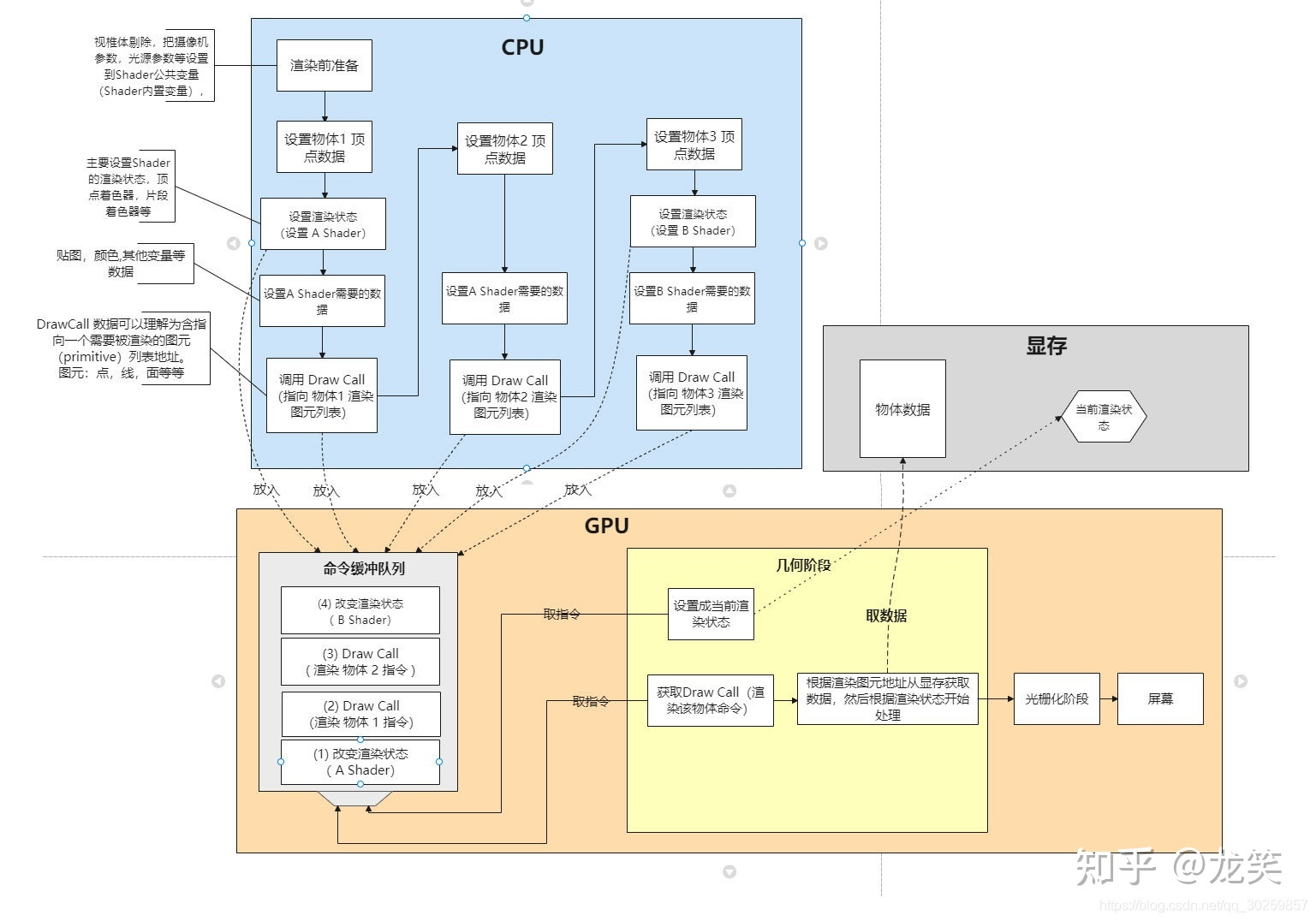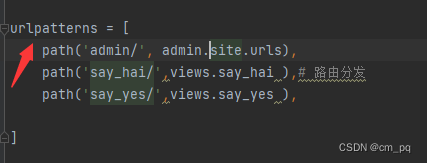Iterators
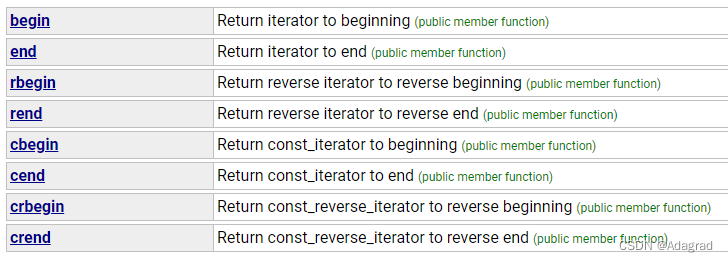
Capacity

resize
void resize (size_t n);void resize (size_t n, char c);
Resize string
将字符串的大小调整为n个字符的长度。 如果n小于当前字符串长度,则当前值将缩短为其第一个n字符,删除第n个字符之后的字符。 如果n大于当前字符串长度,则通过在末尾插入所需数量的字符以达到n的大小来扩展当前内容。如果指定了c,则将新元素初始化为c的副本,否则,它们是值初始化字符(null字符)。
reserve
void reserve (size_t n = 0);
Request a change in capacity
请求字符串容量适应计划中的大小更改,最大长度为n个字符。 如果n大于当前字符串容量,则函数会使容器的容量增加到n个字符(或更多)。 在所有其他情况下,它被视为收缩字符串容量的非绑定请求:容器实现可以自由地进行其他优化,并使字符串的容量大于n。 此函数对字符串长度没有影响,也不能更改其内容。
shrink_to_fit
void shrink_to_fit();
Shrink to fit
请求字符串减小其容量以适应其大小。 该请求是非绑定的,容器实现可以自由地进行其他优化,并使字符串的容量大于其大小。 此函数对字符串长度没有影响,也不能更改其内容。
Element access

Modifiers

operator+=
| string (1) | string& operator+= (const string& str); |
|---|---|
| c-string (2) | string& operator+= (const char* s); |
| character (3) | string& operator+= (char c); |
| initializer list (4) | string& operator+= (initializer_list<char> il); |
附加到字符串 通过在字符串当前值的末尾附加附加字符来扩展字符串:
// string::operator+=
#include <iostream>
#include <string>
int main ()
{
std::string name ("John");
std::string family ("Smith");
name += " K. "; // c-string
name += family; // string
name += '\n'; // character
std::cout << name;
return 0;
}Output:
John K. Smith |
append
| string (1) | string& append (const string& str); |
|---|---|
| substring (2) | string& append (const string& str, size_t subpos, size_t sublen = npos); |
| c-string (3) | string& append (const char* s); |
| buffer (4) | string& append (const char* s, size_t n); |
| fill (5) | string& append (size_t n, char c); |
| range (6) | template <class InputIterator> string& append (InputIterator first, InputIterator last); |
| initializer list(7) | string& append (initializer_list<char> il); |
附加到字符串
通过在字符串当前值的末尾附加附加字符来扩展字符串:
(1) string
附加str的副本。
(2) substring
附加str的子字符串的副本。子字符串是str的一部分,从字符位置subbase开始,跨越子字符串(或者直到str的末尾,如果str太短或子字符串为string::npos)。
(3) c-string
附加由s指向的以null结尾的字符序列(C字符串)形成的字符串的副本。
(4) buffer
追加s指向的字符数组中前n个字符的副本。
(5) fill
追加字符c的n个连续副本。
(6) range
以相同的顺序追加范围[第一个,最后一个)中的字符序列的副本。
(7) initializer list
以相同的顺序追加il中每个字符的副本。
// appending to string
#include <iostream>
#include <string>
int main ()
{
std::string str;
std::string str2="Writing ";
std::string str3="print 10 and then 5 more";
// used in the same order as described above:
str.append(str2); // "Writing "
str.append(str3,6,3); // "10 "
str.append("dots are cool",5); // "dots "
str.append("here: "); // "here: "
str.append(10u,'.'); // ".........."
str.append(str3.begin()+8,str3.end()); // " and then 5 more"
str.append<int>(5,0x2E); // "....."
std::cout << str << '\n';
return 0;
}Output:
Writing 10 dots here: .......... and then 5 more..... |
push_back
void push_back (char c);
将字符附加到字符串 将字符c追加到字符串的末尾,使其长度增加一。
// string::push_back
#include <iostream>
#include <fstream>
#include <string>
int main ()
{
std::string str;
std::ifstream file ("test.txt",std::ios::in);
if (file) {
while (!file.eof()) str.push_back(file.get());
}
std::cout << str << '\n';
return 0;
}This example reads an entire file character by character, appending each character to a string object using push_back.assign
| string (1) | string& assign (const string& str); |
|---|---|
| substring (2) | string& assign (const string& str, size_t subpos, size_t sublen = npos); |
| c-string (3) | string& assign (const char* s); |
| buffer (4) | string& assign (const char* s, size_t n); |
| fill (5) | string& assign (size_t n, char c); |
| range (6) | template <class InputIterator> string& assign (InputIterator first, InputIterator last); |
| initializer list(7) | string& assign (initializer_list<char> il); |
| move (8) | string& assign (string&& str) noexcept; |
将内容分配给字符串
为字符串指定一个新值,替换其当前内容。
(1) string
复制str。
(2) substring
复制str中从字符位置子组开始并跨越子组字符的部分(如果str太短或子组为string::npos,则复制到str的末尾)。
(3) c-string
复制s指向的以null结尾的字符序列(C字符串)。
(4) buffer
从s指向的字符数组中复制前n个字符。
(5) fill
用字符c的n个连续副本替换当前值。
(6) range
按相同顺序复制范围[第一个,最后一个)中的字符序列。
(7) initializer list
按照相同的顺序复制il中的每个字符。
(8) move
获取str的内容。 str处于未指定但有效的状态。
// string::assign
#include <iostream>
#include <string>
int main ()
{
std::string str;
std::string base="The quick brown fox jumps over a lazy dog.";
// used in the same order as described above:
str.assign(base);
std::cout << str << '\n';
str.assign(base,10,9);
std::cout << str << '\n'; // "brown fox"
str.assign("pangrams are cool",7);
std::cout << str << '\n'; // "pangram"
str.assign("c-string");
std::cout << str << '\n'; // "c-string"
str.assign(10,'*');
std::cout << str << '\n'; // "**********"
str.assign<int>(10,0x2D);
std::cout << str << '\n'; // "----------"
str.assign(base.begin()+16,base.end()-12);
std::cout << str << '\n'; // "fox jumps over"
return 0;
}Output:
The quick brown fox jumps over a lazy dog. brown fox pangram c-string ********** ---------- fox jumps over |
insert
| string (1) | string& insert (size_t pos, const string& str); |
|---|---|
| substring (2) | string& insert (size_t pos, const string& str, size_t subpos, size_t sublen = npos); |
| c-string (3) | string& insert (size_t pos, const char* s); |
| buffer (4) | string& insert (size_t pos, const char* s, size_t n); |
| fill (5) | string& insert (size_t pos, size_t n, char c);iterator insert (const_iterator p, size_t n, char c); |
| single character (6) | iterator insert (const_iterator p, char c); |
| range (7) | template <class InputIterator>iterator insert (iterator p, InputIterator first, InputIterator last); |
| initializer list (8) | string& insert (const_iterator p, initializer_list<char> il); |
插入字符串
在由pos(或p)表示的字符之前的字符串中插入其他字符:
(1)string
插入str的副本。
(2)substring
插入str的子字符串的副本。该子字符串是str的一部分,该部分从字符位置subbase开始,跨越子字符串字符(或者直到str的末尾,如果str太短或子字符串为npos)。
(3)c-string
插入由s指向的以null结尾的字符序列(C字符串)形成的字符串的副本。
(4)buffer
在由s指向的字符数组中插入前n个字符的副本。
(5)fill
插入字符c的n个连续副本。
(6)single character
插入字符c。
(7)range
以相同的顺序插入范围[第一个,最后一个)中的字符序列的副本。
(8)initializer list
按照相同的顺序插入il中每个字符的副本。 size_t是一个无符号整数类型(与成员类型string::size_type相同)。
// inserting into a string
#include <iostream>
#include <string>
int main ()
{
std::string str="to be question";
std::string str2="the ";
std::string str3="or not to be";
std::string::iterator it;
// used in the same order as described above:
str.insert(6,str2); // to be (the )question
str.insert(6,str3,3,4); // to be (not )the question
str.insert(10,"that is cool",8); // to be not (that is )the question
str.insert(10,"to be "); // to be not (to be )that is the question
str.insert(15,1,':'); // to be not to be(:) that is the question
it = str.insert(str.begin()+5,','); // to be(,) not to be: that is the question
str.insert (str.end(),3,'.'); // to be, not to be: that is the question(...)
str.insert (it+2,str3.begin(),str3.begin()+3); // (or )
std::cout << str << '\n';
return 0;
}Output:
to be, or not to be: that is the question... |
erase
| sequence (1) | string& erase (size_t pos = 0, size_t len = npos); |
|---|---|
| character (2) | iterator erase (const_iterator p); |
| range (3) | iterator erase (const_iterator first, const_iterator last); |
删除字符串中的字符
擦除字符串的一部分,缩短其长度:
(1)sequence
删除字符串值中从字符位置pos开始并跨越len个字符的部分(或者,如果内容太短或len为string::npos,则直到字符串结束)。 请注意,默认参数会擦除字符串中的所有字符(类似于成员函数clear)。
(2)character
删除p所指的字符。
(3)range
删除范围[第一个,最后一个]中的字符序列。
// string::erase
#include <iostream>
#include <string>
int main ()
{
std::string str ("This is an example sentence.");
std::cout << str << '\n';
// "This is an example sentence."
str.erase (10,8); // ^^^^^^^^
std::cout << str << '\n';
// "This is an sentence."
str.erase (str.begin()+9); // ^
std::cout << str << '\n';
// "This is a sentence."
str.erase (str.begin()+5, str.end()-9); // ^^^^^
std::cout << str << '\n';
// "This sentence."
return 0;
}Output:
This is an example sentence. This is an sentence. This is a sentence. This sentence. |
replace
| string (1) | string& replace (size_t pos, size_t len, const string& str);string& replace (const_iterator i1, const_iterator i2, const string& str); |
|---|---|
| substring (2) | string& replace (size_t pos, size_t len, const string& str, size_t subpos, size_t sublen = npos); |
| c-string (3) | string& replace (size_t pos, size_t len, const char* s);string& replace (const_iterator i1, const_iterator i2, const char* s); |
| buffer (4) | string& replace (size_t pos, size_t len, const char* s, size_t n);string& replace (const_iterator i1, const_iterator i2, const char* s, size_t n); |
| fill (5) | string& replace (size_t pos, size_t len, size_t n, char c);string& replace (const_iterator i1, const_iterator i2, size_t n, char c); |
| range (6) | template <class InputIterator> string& replace (const_iterator i1, const_iterator i2, InputIterator first, InputIterator last); |
| initializer list (7) | string& replace (const_iterator i1, const_iterator i2, initializer_list<char> il); |
替换字符串的一部分
将字符串中从字符pos开始并跨越len个字符的部分(或[i1,i2)之间范围内的部分)替换为新内容:
(1)string
复制str。
(2)substring
复制str中从字符位置子组开始并跨越子组字符的部分(如果str太短或子组为string::npos,则复制到str的末尾)。
(3)c-string
复制s指向的以null结尾的字符序列(C字符串)。
(4)buffer
从s指向的字符数组中复制前n个字符。
(5)fill
用字符c的n个连续副本替换字符串的部分。
(6)range
按相同顺序复制范围[第一个,最后一个)中的字符序列。
(7)initializer list
按照相同的顺序复制il中的每个字符。
// replacing in a string
#include <iostream>
#include <string>
int main ()
{
std::string base="this is a test string.";
std::string str2="n example";
std::string str3="sample phrase";
std::string str4="useful.";
// replace signatures used in the same order as described above:
// Using positions: 0123456789*123456789*12345
std::string str=base; // "this is a test string."
str.replace(9,5,str2); // "this is an example string." (1)
str.replace(19,6,str3,7,6); // "this is an example phrase." (2)
str.replace(8,10,"just a"); // "this is just a phrase." (3)
str.replace(8,6,"a shorty",7); // "this is a short phrase." (4)
str.replace(22,1,3,'!'); // "this is a short phrase!!!" (5)
// Using iterators: 0123456789*123456789*
str.replace(str.begin(),str.end()-3,str3); // "sample phrase!!!" (1)
str.replace(str.begin(),str.begin()+6,"replace"); // "replace phrase!!!" (3)
str.replace(str.begin()+8,str.begin()+14,"is coolness",7); // "replace is cool!!!" (4)
str.replace(str.begin()+12,str.end()-4,4,'o'); // "replace is cooool!!!" (5)
str.replace(str.begin()+11,str.end(),str4.begin(),str4.end());// "replace is useful." (6)
std::cout << str << '\n';
return 0;
}Output:
replace is useful. |
swap
void swap (string& str);
交换字符串值
通过str的内容交换容器的内容,str是另一个字符串对象。长度可能不同。 在调用该成员函数之后,该对象的值是str在调用之前的值,str的值是该对象在调用之前具有的值。 请注意,存在一个具有相同名称的非成员函数,即swap,用类似于该成员函数的优化重载该算法。
// swap strings
#include <iostream>
#include <string>
main ()
{
std::string buyer ("money");
std::string seller ("goods");
std::cout << "Before the swap, buyer has " << buyer;
std::cout << " and seller has " << seller << '\n';
seller.swap (buyer);
std::cout << " After the swap, buyer has " << buyer;
std::cout << " and seller has " << seller << '\n';
return 0;
}
Output:
Before the swap, buyer has money and seller has goods After the swap, buyer has goods and seller has money |
pop_back
void pop_back();
删除最后一个字符 擦除字符串的最后一个字符,有效地将其长度减少一个。
// string::pop_back
#include <iostream>
#include <string>
int main ()
{
std::string str ("hello world!");
str.pop_back();
std::cout << str << '\n';
return 0;
}hello world 
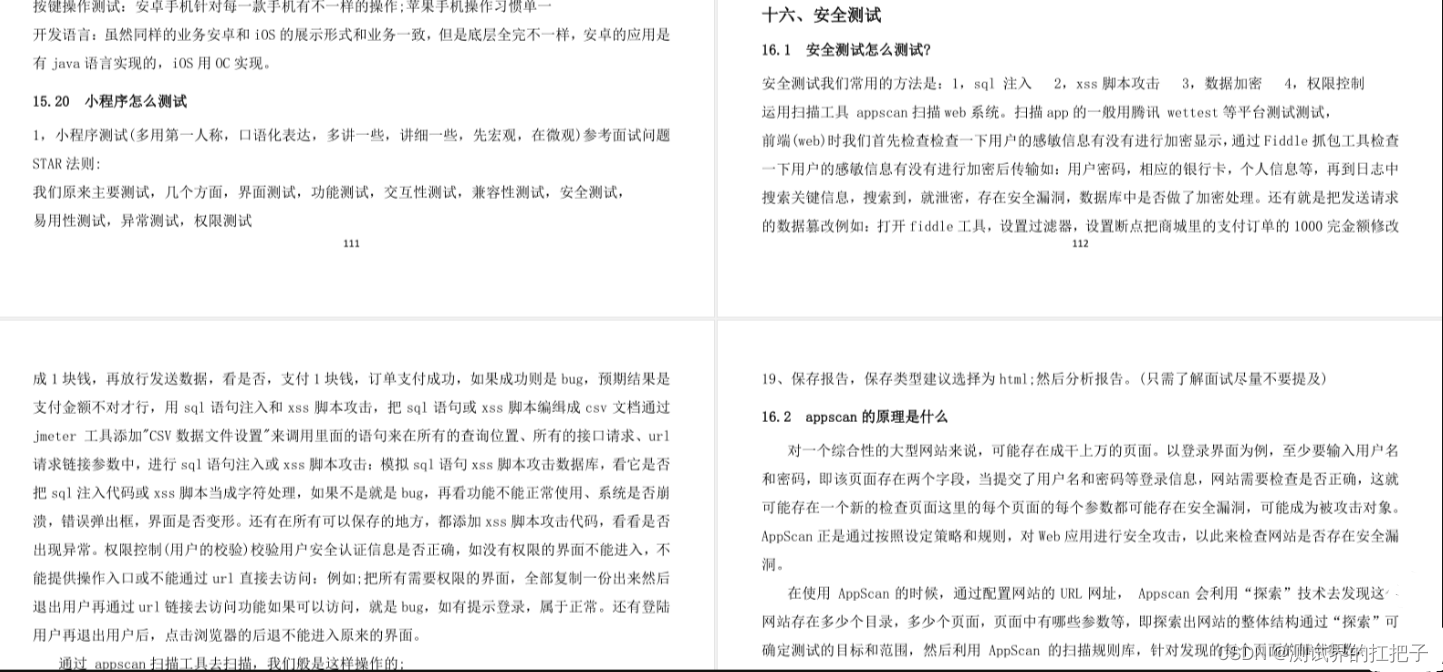
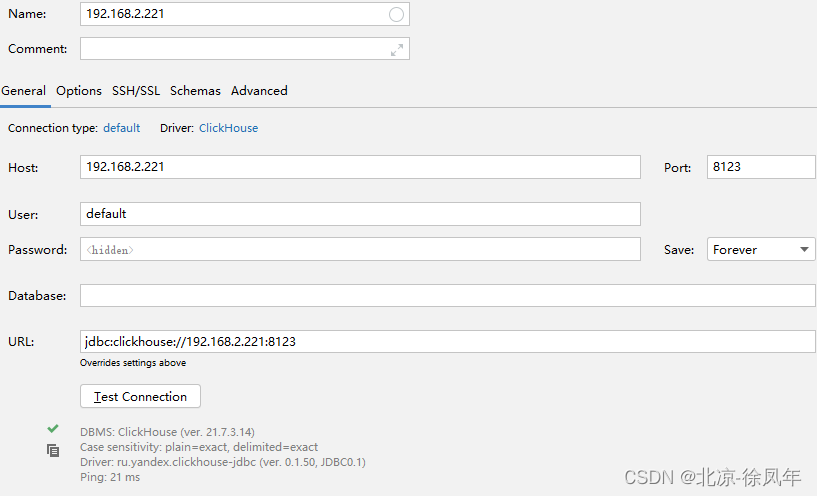



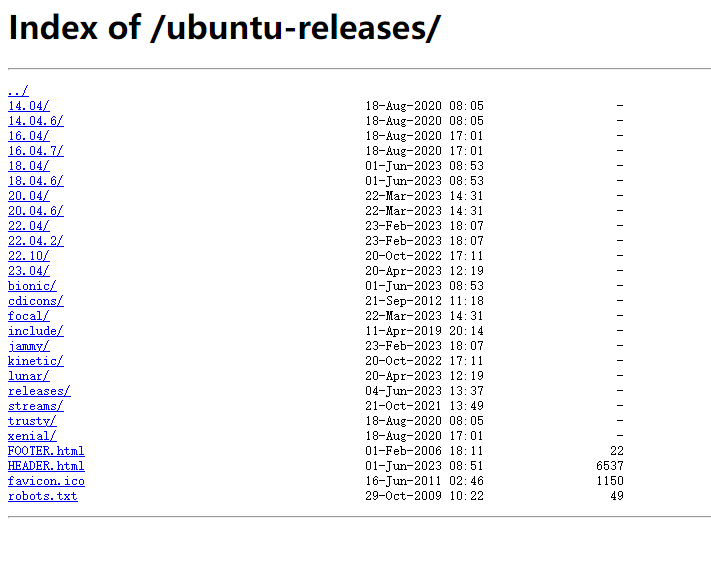
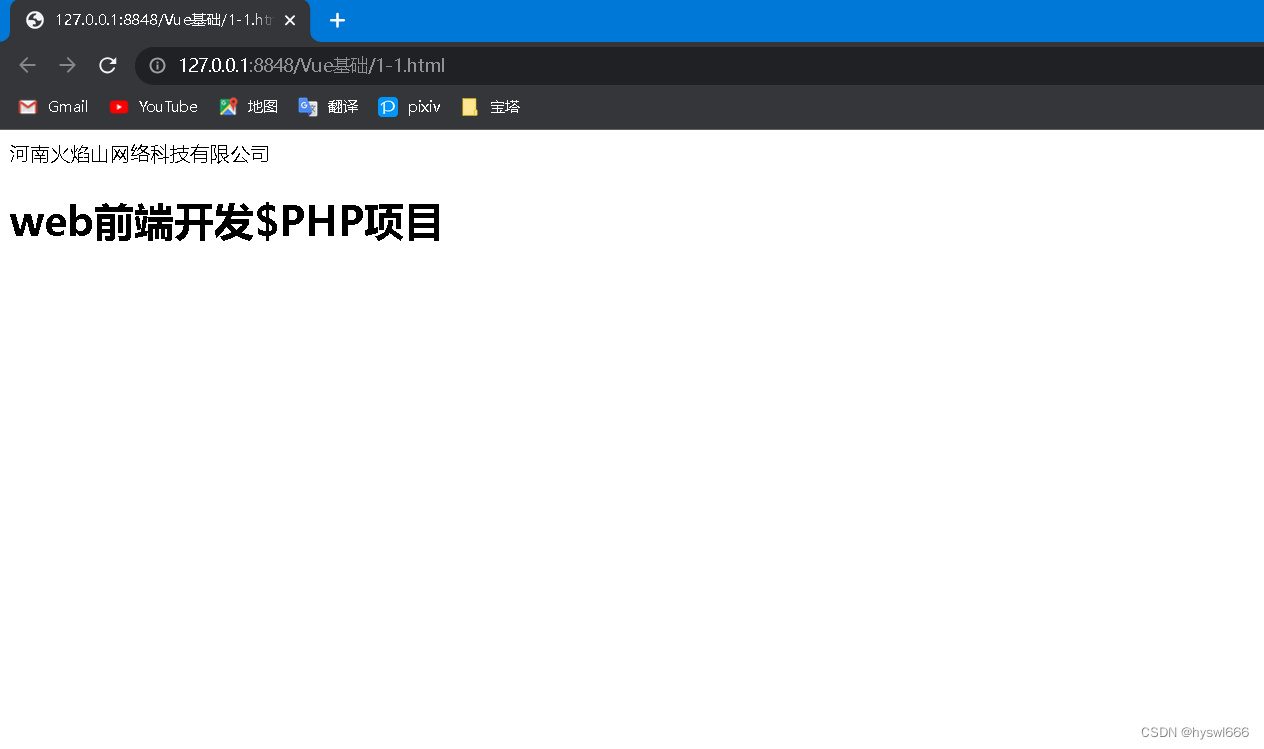
![[5]PCB设计实验|卷积神经网络基础|零基础入门深度学习(4) 卷积神经网络|14:00~14:55](https://img-blog.csdnimg.cn/fcf05b2050e74027bdd15d6abffbf547.png)





